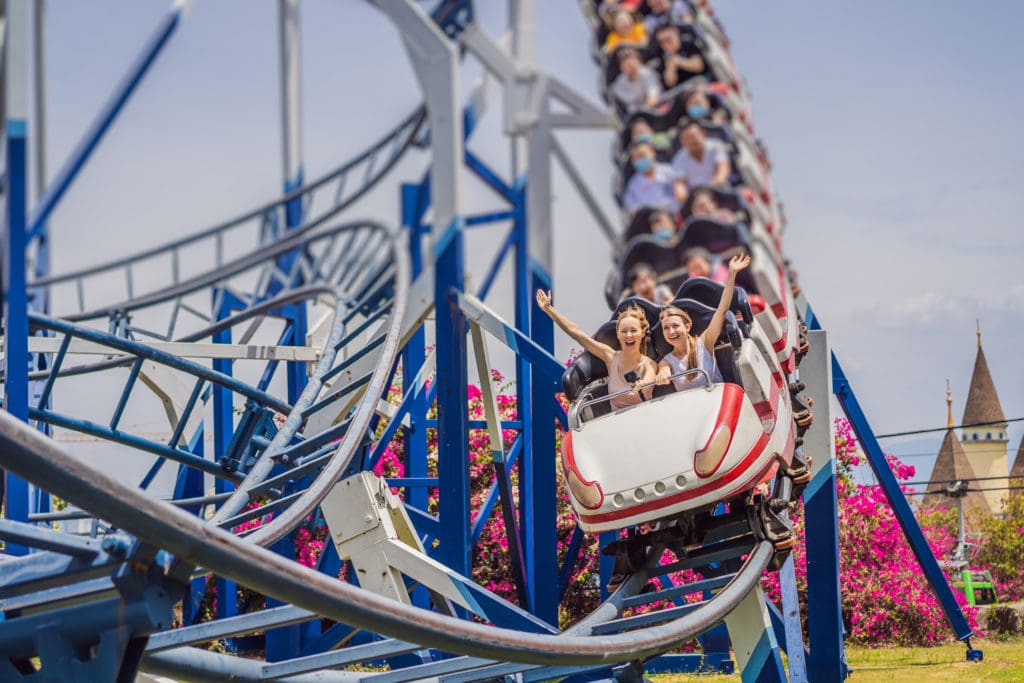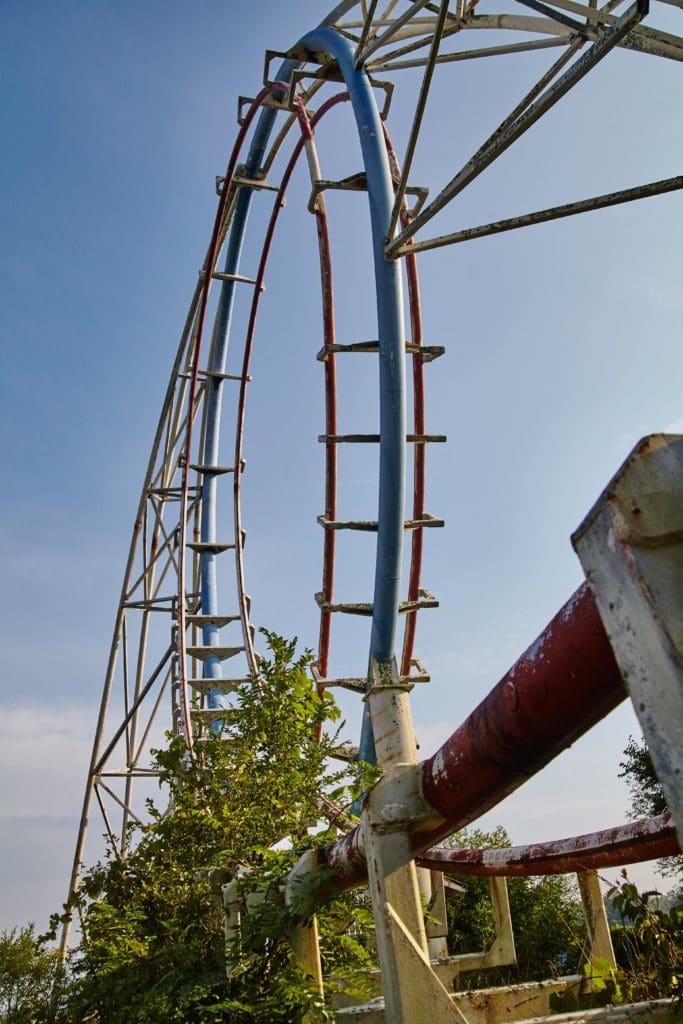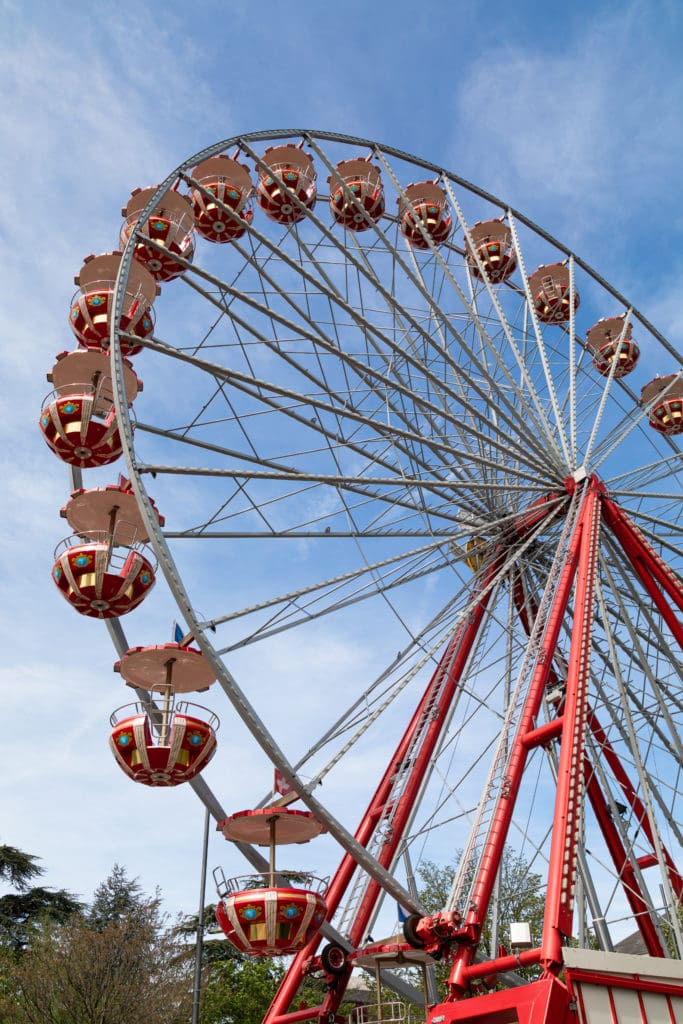If You Suffer an Amusement Park Injury
A trip to an amusement park or carnival can be a memorable occasion for the whole family. Exciting rides, midway games, and carnival food are all part of the fun. But there is an inherent risk of injury in any trip to an amusement park. Rowdy crowds, negligent park employees, improperly maintained rides, and treacherous terrain cause thousands of amusement park injuries every year. If you or a loved one has been injured while attending an amusement park you may be shocked, confused, and unsure what your options are. Let’s review some facts about amusement park injuries and possible options for pursuing litigation.
A Personal Injury Blind Spot?
Due to a variety of legal loopholes and jurisdictional gaps, it can actually be rather difficult to nail down a precise number of amusement park injuries suffered in a given year. Amusement parks in the United States are generally regulated on a state-by-state basis, with some states choosing not to regulate them at all. The Consumer Product Safety Commission is meant to regulate and inspect mobile carnivals and traveling fairs, but individual states and localities are ultimately responsible for inspecting these travelling “parks.”
There is no national body responsible for the regulation of permanent or “fixed site” amusement parks. Tracy Mehan, author of a 2013 study on child injuries at amusement parks, described a “patchwork system of regulation and enforcement” when speaking to CNN. Mehan also stressed the need for “…a national injury reporting system…” for amusement park rides.
The International Association for Amusement Parks estimates that 335 million people visit amusement parks in the United States every year. Their own internal data places the odds of sustaining a serious injury leading to an overnight hospital stay at 1 in 16 million. However, the IAAP only collects data from fixed location parks. Given the fractured state of government policy around the industry it shouldn’t come as a surprise that some estimate that the number of injuries, and therefore the risk to park guests, may be much higher than is currently reported.
Liability in an Amusement Park Injury
Amusement park injuries fall under premises liability. This area of the law determines liability when a specific location causes an injury. The first step in determining whether you have a case is to determine who was at fault for your injury. This generally falls into one of a handful of categories.
Mechanical Failure
Modern amusement rides are extremely complex machines with hundreds of interdependent components, both big and small. If restraints were improperly built or maintained, riders can be at risk of being violently jostled or falling off the ride entirely. Malfunctioning generators can bring rides to an instant halt, causing whiplash or other head injuries. Even something as small as a screw, bolt, rivet, or nail can cause an entire roller coaster car to derail violently. If the ride’s construction is to blame the manufacturer may be sued for damaged under product liability laws. However it must be proven that this shoddy construction was the cause of your accident. If improper maintenance was the culprit you may pursue a case against the park owner or parent company that owns the park.
Operator Negligence
If ride operators cut corners or ignore safety procedures in running the park it can result in catastrophic injury or wrongful death. An injured party can file a claim for negligence against these individuals and the park they worked for. However, it is contingent on the injured party to prove that the park owner or employee was legally required to exercise care and failed in that duty.
The Duty of Care and its Limits
It should be noted that there are several ways in which an injured party may disqualify themselves from receiving damages in the wake of an amusement park injury. You must be legally permitted to be on the premises to hold the park liable for your injury. No duty of care is owed to trespassers. If you sustained your injury after scaling a fence, jumping a turnstile, or otherwise entering illegally, the property owner is in no way liable for you injuries. This also includes injuries sustained after wander into an area you were not meant to be in, unless it can be proven that you were not properly informed of your entry into a restricted area.
A similar logic applies to injuries sustained after failure to follow instructions. If you suffer a broken hand outside the ride vehicle after being told to keep your hands inside at all times the park cannot be held liable for your injury.
How an Amusement Park Injury Attorney Can Help You
Amusement park injuries are generally accepted to be rare, but when they happen they can be catastrophic or even fatal. You shouldn’t deal with the aftermath of an amusement park injury alone. After seeking medical attention, you should not hesitate to contact a personal injury attorney to discuss your situation and evaluate your case. Malloy Law Offices, LLC is here for you. Our experienced attorneys work on a contingency fee basis to protect your finances while pursuing litigation. We have a history of resolving cases quickly and winning the compensation our clients are entitled to. Call today for your free consultation.




